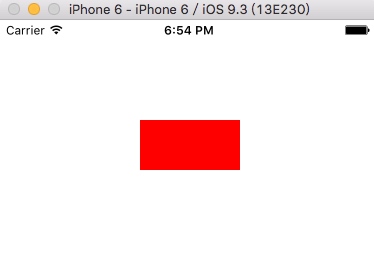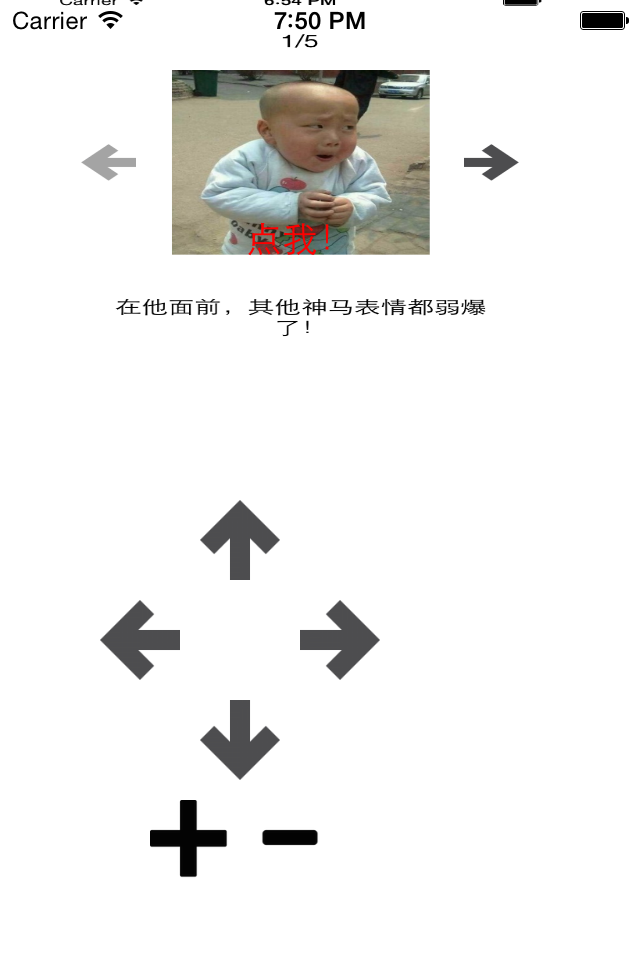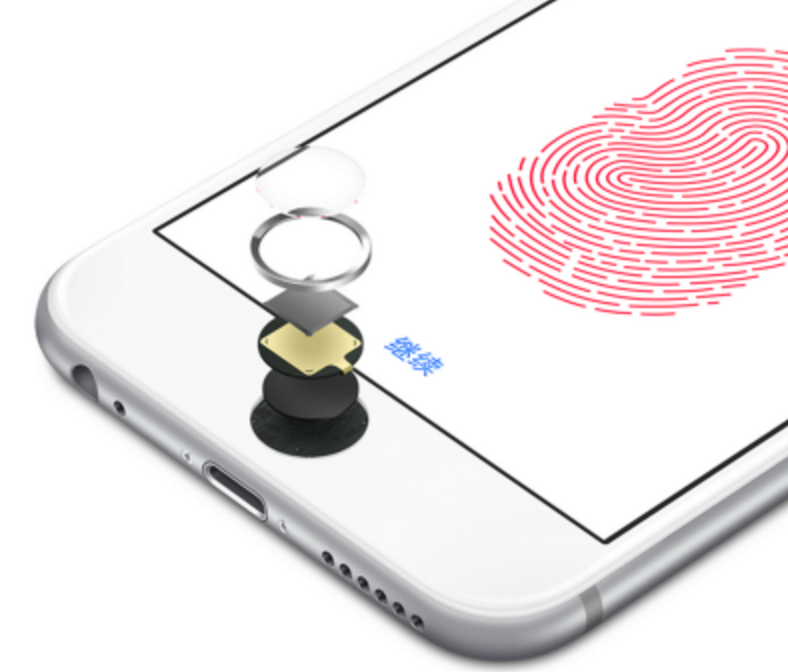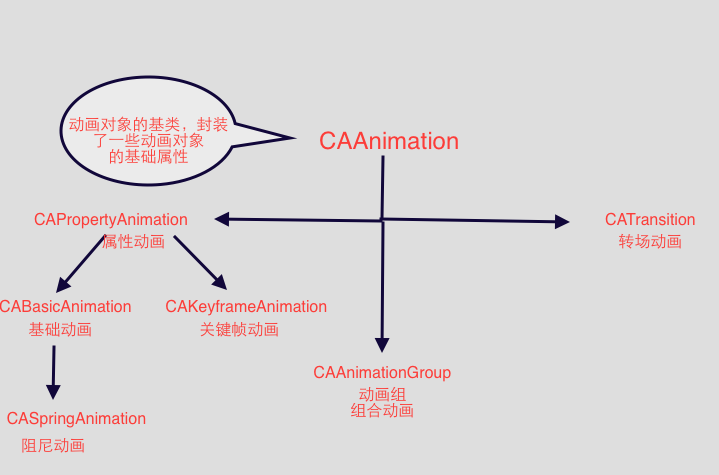詳解iOS中Button按鈕的狀態和點擊事件
一、按鈕的狀態
1.UIControlStateNormal
1> 除開UIControlStateHighlighted、UIControlStateDisabled、UIControlStateSelected以外的其他情況,都是normal狀態
2> 這種狀態下的按鈕【可以】接收點擊事件
2.UIControlStateHighlighted
1> 【當按住按鈕不松開】或者【highlighted = YES】時就能達到這種狀態
2> 這種狀態下的按鈕【可以】接收點擊事件
3.UIControlStateDisabled
1> 【button.enabled = NO】時就能達到這種狀態
2> 這種狀態下的按鈕【無法】接收點擊事件
4.UIControlStateSelected
1> 【button.selected = YES】時就能達到這種狀態
2> 這種狀態下的按鈕【可以】接收點擊事件
二、讓按鈕無法點擊的2種方法
1> button.enabled = NO;
*【會】進入UIControlStateDisabled狀態
2> button.userInteractionEnabled = NO;
*【不會】進入UIControlStateDisabled狀態,繼續保持當前狀態
三、iOS中按鈕點擊事件處理方式
在iOS開發中,時常會用到按鈕,通過按鈕的點擊來完成界面的跳轉等功能。按鈕事件的實現方式有多種,其中
較為常用的是目標-動作對模式。但這種方式使得view與controller之間的耦合程度較高,不推薦使用;
另一種方式是代理方式,按鈕的事件在view中綁定,controller作為view的代理實現代理方法。
目標-動作對實現方式
具體來說,假設我們有一個包含一個Button的veiw,view將Button放在頭文件中,以便外部訪問。然後controller將view作為自己的view,在viewcontroller中實現按鈕的點擊事件。
文字描述起來好像不夠直觀,直接上代碼
1、MyView.h
包含一個可被外部訪問的按鈕的view
@interface MyView : UIView @property (strong, nonatomic) UIButton *myBtn; @end
2、MyView.m
#import "MyView.h"
@implementation MyView
//view的初始化方法
- (id)initWithFrame:(CGRect)frame
{
self = [super initWithFrame:frame];
if (self)
{ //初始化按鈕
_myBtn = [[UIButton alloc] initWithFrame:CGRectMake(140, 100, 100, 50)];
_myBtn.backgroundColor = [UIColor redColor];
//將按鈕添加到自身
[self addSubview:_myBtn];
}
return self;
}
@end
3、MyViewController.h
#import <UIKit/UIKit.h> @interface MyViewController : UIViewController @end
4、MyViewController.m
添加MyView作為自身view
#import "MyViewController.h"
#import "MyView.h"
@interface MyViewController ()
@property (strong, nonatomic) MyView *myview;
@end
@implementation MyViewController
- (void)loadView
{
MyView *myView = [[MyView alloc] initWithFrame: [[UIScreen mainScreen] bounds] ];
self.view = myView;
self.myview = myView;
//在controller中設置按鈕的目標-動作,其中目標是self,也就是控制器自身,動作是用目標提供的BtnClick:方法,
[self.myview.myBtn addTarget:self
action:@selector(BtnClick:)
forControlEvents:UIControlEventTouchUpInside];
}
//MyView中的按鈕的事件
- (void)BtnClick:(UIButton *)btn
{
NSLog(@"Method in controller.");
NSLog(@"Button clicked.");
}
5、 AppDelegate.m
#import "AppDelegate.h"
#import "MyViewController.h"
@interface AppDelegate ()
@end
@implementation AppDelegate
- (BOOL)application:(UIApplication *)application didFinishLaunchingWithOptions:(NSDictionary *)launchOptions {
self.window = [ [UIWindow alloc] initWithFrame: [[UIScreen mainScreen] bounds ] ];
MyViewController *myVC = [[MyViewController alloc] init];
self.window.rootViewController = myVC;
self.window.backgroundColor = [UIColor whiteColor];
[self.window makeKeyAndVisible];
return YES;
}
6、運行結果
界面:

輸出:

總結
以上就是這篇文章的全部內容了,希望能對大家的學習或者工作帶來一定的幫助,如果有疑問大家可以留言交流。




